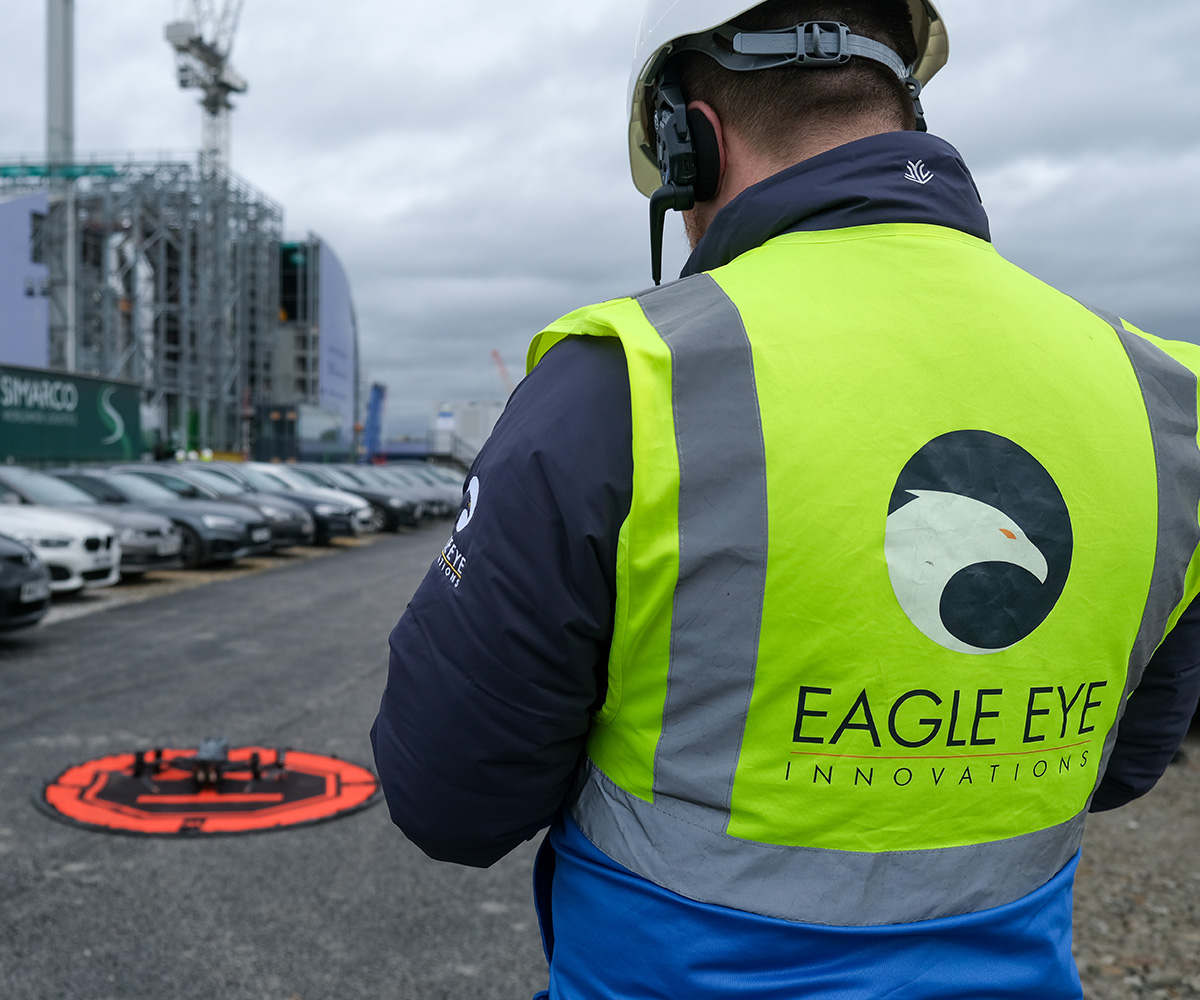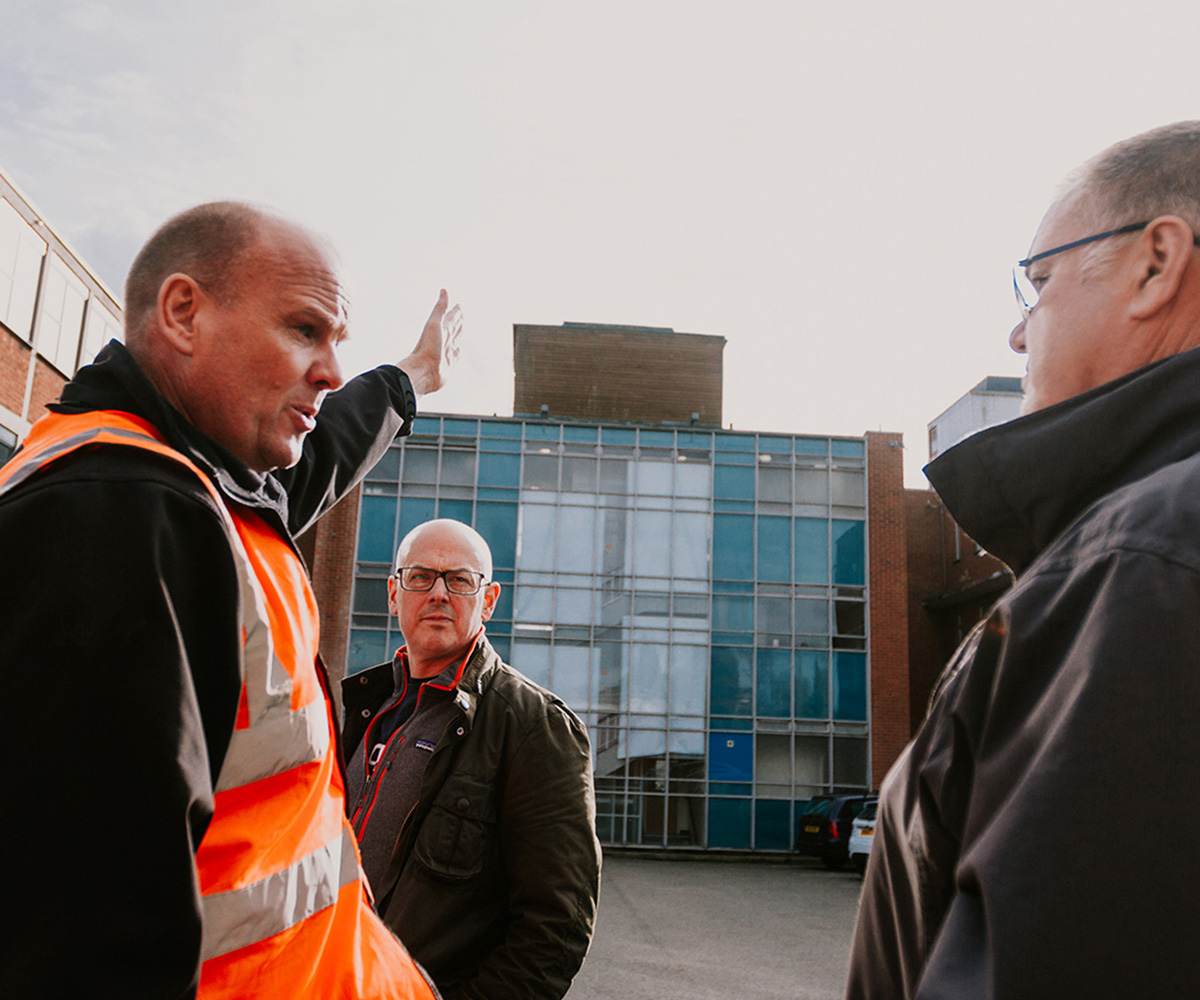
Learn about Eagle Eye Innovations and the people at the heart of the organisation.


The use of drones has become increasingly popular within the commercial space in recent years, with a wide range of applications in industries such as construction, agriculture, surveying, and filmmaking, to name but a few. However, as the use of drones becomes more widespread, the range of use cases demands more unusual operations that exceed the current threshold of existing regulations. To enable these operations, an operator will need to define how it can operate safely to the regulator so that they can issue permission, through an exemption to the existing legislation. This submission requires the generation of an Operating Safety Case (OSC).
But… what is an OSC?
An OSC is a coherent safety argument underpinned by a body of evidence, and in the UK, the guidance for compiling this is set out in CAP722A. If the regulators are highlighting how an OSC should look, it should be simple to follow, right?
Well, the reality is a firm no because, whilst CAP722A sets out the structure of the OSC, the knowledge of the processes required to populate it is often not there in the skillsets of the applicants. This is especially so in Volume 3, the Safety Risk Assessment, where the core of the safety argument is outlined. The truth is that applicants often do not have the understanding of how risk assessments actually work and consequently, sometimes fall flat on application.
The perils and pitfalls of calculation…
In my travels through the risk assessment dimension within RPAS operations, one thing has become clear. Many operators have not been trained to conduct risk assessments properly and routinely construct invalid safety cases as a result.
There are a number of reasons why. Firstly, applicants routinely fail to differentiate between hazards and risks and this tends to skew the starting point of the risk assessment process.
Secondly, risk assessments are subjective and operators often use that fact to justify predetermining the risk calculation to meet its needs in the hope that it will pass with the CAA, rather than conduct the risk assessment accurately. The point is that if you can’t quantify the risk properly, how can you possibly understand what mitigations are required to bring the risk to an acceptable level?
The risk assessment process isn’t being done to simply jump through a regulatory hoop, it is designed to protect the public, you, and your business, why wouldn’t an applicant want to conduct it in a thorough manner?
Doing it all at once…
Another observation is that operators have a tendency to want to do everything, everywhere, all at once. For them, the holy grail that is BVLOS (Beyond Visual Line of Sight) will unlock the potential of their business model and therefore needs to happen immediately, along with simultaneous swarming operations, dropping of articles and other unusual use cases. The reality though, is that you have to build that evidence bank gradually with the ‘crawl, walk, run’ philosophy and you can’t buy that on Amazon Prime with one day shipping!
An applicant needs to have strategic patience – as a Personal Trainer friend of mine once said, ‘there are no shortcuts to any place worth going’.
What next?
If you are a drone business wishing to expand your operational envelope to access the undoubted success the future holds then a greater knowledge and understanding of safety is required. There is no shortcut but it is possible to commission contracted support to educate and advise you on the way forward. This is where Eagle Eye Innovations comes onto the scene. Get in touch more information on how we can support you through your OSC journey.
Training

The construction industry operates in a dynamic environment characterised by tight deadlines, complex project requirements, and stringent safety regulations. But how can drones revolutionise onsite operations and safety?
Training

Keeping farms and agricultural sites safe is becoming increasingly important, especially as we head towards the warmer summer months. But always keeping such large areas of land safe traditionally requires increased manpower, spending on security systems and time that those... Read more
Training

In the rapidly evolving landscape of technology, drones have emerged as versatile tools, transforming various industry sectors, particularly the utilities sector. Drones have fast become one of the best ways of improving health and safety on site, but in order... Read more
Training

Drones are revolutionising various aspects of the UK rail industry, from infrastructure inspections and drone mapping for railways, to emergency repair response. But what are the benefits?
News

In light of the Protector RG Mk1’s first flight from RAF Waddington, we wanted to highlight the differences in the MQ-9 Reaper and the new MALE platform.
Training

Over the years, drones have crept their way further into the Superyachting industry. But how does having the right drone training and efficient drone pilots really add benefit out on the water?